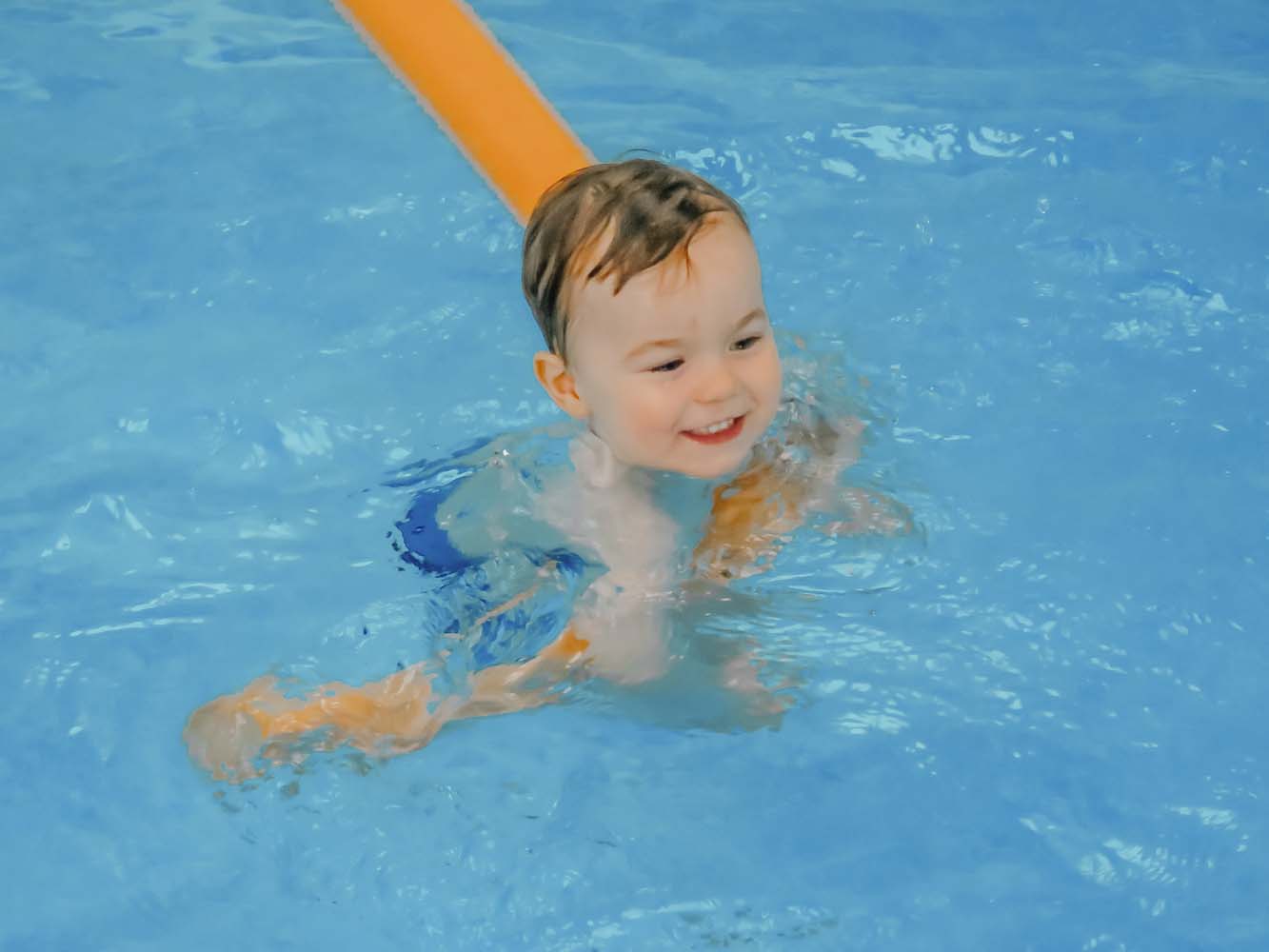As parents, ensuring our children’s safety is our paramount concern, particularly when they are engaging in water activities. At The Online Swim School, we are committed to not only teaching your child how to swim but also making sure they, and you, are well-informed about potential risks associated with swimming. Two such conditions, often misunderstood, are dry drowning and secondary drowning. In this blog, we will delve into these two conditions, providing clarity and a deeper understanding of their differences.
Understanding Dry Drowning
Dry drowning may sound like an oxymoron but it’s a real and serious condition. When a child inhales a small amount of water through the mouth or nose, it can cause their vocal cords to spasm and close up. This process is known as laryngospasm, and it causes an immediate reaction where the child experiences difficulty in breathing as the airway is closed. Contrary to the term, no water enters the lungs in dry drowning.
The symptoms of dry drowning, such as coughing, chest pain, difficulty breathing, and extreme fatigue, usually manifest immediately or within a few hours after the water incident. If your child exhibits any of these symptoms, seek medical attention without delay.
Secondary Drowning: A Delayed Reaction
Secondary drowning, also known as delayed drowning, is a more insidious condition as symptoms might not appear until one to 24 hours after a child has been in the water. In secondary drowning, a small amount of water gets into the lungs, causing inflammation or swelling. This inflammation makes it difficult for the body to transfer oxygen to carbon dioxide, leading to respiratory problems or even pulmonary edema.
Signs of secondary drowning can include persistent coughing, difficulty breathing, decreased energy levels or increased sleepiness, irritability, or a change in skin color due to lack of oxygen. If you observe any of these signs in your child after they’ve been in water, seek immediate medical assistance.
Unfortunately, the reality of secondary drowning was recently brought to light when musician Charlie Simpson’s son ended up in the hospital after experiencing this condition during a family holiday read more here. It underlines the importance of understanding and recognizing these conditions.
Prevention and Safety Measures
Vigilance and immediate action are the most effective strategies to prevent dry and secondary drowning. Here’s how:
At The Online Swim School, we are dedicated to empowering you and your child with the necessary knowledge, skills, and safety guidelines for a safe and enjoyable swimming experience. Our online courses are designed to instill confidence in water while prioritizing safety.
While it’s essential to understand these rare conditions, let’s not forget that swimming is a fun, health-promoting, and life-saving skill. With the right knowledge and precautions, you and your child can enjoy all the benefits swimming offers.
Want to learn more about our online classes and how we prioritize safety while teaching swimming skills? We would love to share more details with you. Get in touch with us at [email protected], and let’s take the first step towards a safe and enjoyable swimming journey for your child.
